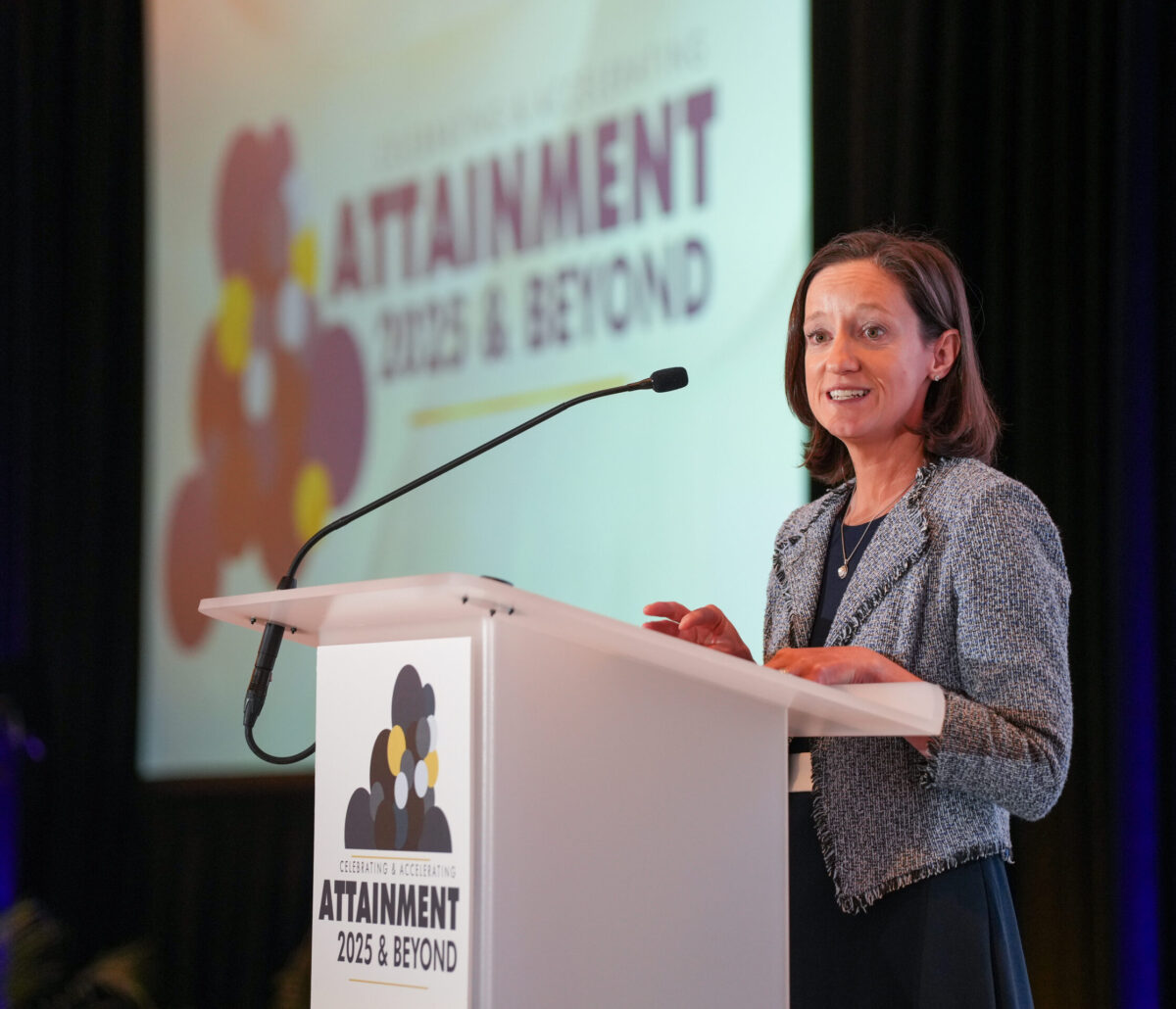What Does it Really Mean for College to be “Affordable” or “Unaffordable?”
Published May 13, 2014
Washington, D.C., July 11, 2012—On average postsecondary education is an investment with significant benefits, but it is an uncertain investment that does not pay off equally well for all. A weak economy increases the uncertainty associated with the level and timing of the return to investments in postsecondary education, but does not alter the reality that for most people, financial outcomes are far better than they would be without the investment. For policymakers to answer the question, “Is college affordable?,” an important starting point is to recognize that affordability is unavoidably subjective. It depends not only on prices and financial capacity, but also on preferences and priorities. The Institute for Higher Education Policy (IHEP) today released a new brief, authored by higher education finance experts Sandy Baum and Saul Schwartz, discussing a variety of ways to approach the concept of college affordability.
The report, Is College Affordable? In Search of a Meaningful Definition, first reviews lessons to be learned from approaches to housing and health care affordability. People have more difficulty thinking of college as an investment that generates long-term benefits and can reasonably be paid for with installments over time than they do thinking of affordability of housing and health care in terms of monthly payments. As a result, education debt is widely considered an inappropriate burden. The brief then examines the costs and risks that are associated with postsecondary education, which are greatest for students whose families are unable to provide significant financial assistance. Grant aid for low- and moderate-income students can substitute for family support, reducing the extra risk that low-income students take on because of their greater need to borrow.
“Rising college prices, stagnating incomes, and diminished asset values have led to the widespread perception that college is ‘unaffordable’ for more and more people. Understanding the complex factors affecting the actual price of college, perceptions of that price, and the very real struggles facing today’s students is vital to efforts to increase educational opportunity,” says IHEP President Michelle Asha Cooper, Ph.D. “This report, Is College Affordable? In Search of a Meaningful Definition, is meant to serve as a foundation for more constructive policy discussions about the financial barriers to postsecondary education.”
Looking beyond the rising published prices and thinking past paying those prices out of current incomes is a constructive way policymakers can begin to address the problem of easing the burden of financing postsecondary education. Policy recommendations that emerge from the brief include:
- The pricing and financial aid systems should be simplified and made more transparent and predictable. Clear and comprehensive information should be easily accessible to students and families.
- Students and families need greater understanding of the monetary and non-monetary benefits of postsecondary education.
- Student loan programs should carry adequate protections for borrowers.
- Both grant aid and subsidies provided through the tax code should be better targeted on disadvantaged students.
Baum, an IHEP senior associate, is also an economist and senior fellow at the George Washington University’s Graduate School of Education and Human Development. She has co-authored the College Board’s annual publications, Trends in Student Aid and Trends in College Pricing since 2002 and has written extensively about college access and affordability, student debt, and other higher education finance issues.
Schwartz is an economist and professor at the School of Public Policy and Administration at Carleton University in Ottawa, Canada. He studies anti-poverty policies in addition to college access and financing issues in both Canada and the United States.
Beginning in the late 1980s, Baum and Schwartz have co-authored numerous papers on student aid.
The brief, Is College Affordable? In Search of a Meaningful Definition, complements a longer paper that was originally commissioned by the Canada Millennium Scholarship Foundation. To read the full paper, see http://gsehd.gwu.edu/research/workingpaperseries.
For more information or to download a free copy of Is College Affordable? In Search of a Meaningful Definition, visit IHEP’s Web site at www.ihep.org.


